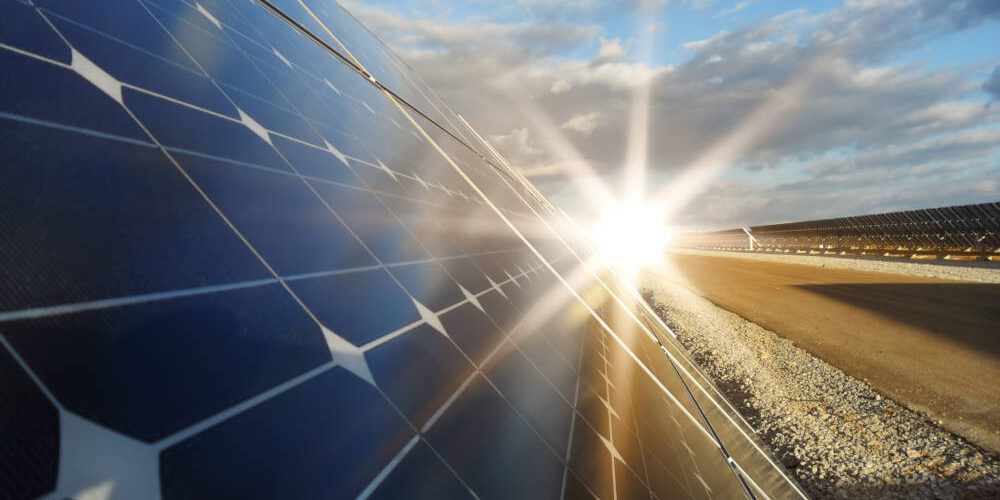We are all familiar with the glass buildings and skyscrapers found in major cities all over the world. Now, advances in glass technology might make it possible for the glass used on the exterior of buildings to serve a dual purpose. Building-integrated photovoltaics represent the next generation in structural glass building components.
What Are Building-Integrated Photovoltaics?
Building-Integrated Photovoltaics (BIPV) is a special type of glass that can serve as the outer façade of a building and generate electricity. The electricity could be used within the building, or it could be exported to the grid. This approach saves the business in electricity costs and could allow the building to generate passive income by the electricity sold back to the grid.
Applications and Possibilities
BIPV is best used when it is included in new construction planning. You can have them installed on an existing building, but the expense of tearing out the old system and replacing it might not be feasible. They are available as semi-transparent thin-film photovoltaics that can allow the interior of the building to receive natural daylight, or they can be designed as a solar heating system that helps the heating system in the winter. This same principle can also be used to trap heat for hot water or space heating.
Should You Consider BIPV?
BIPV systems are available for building facades, rooftops, or glazing that can be applied to existing glass. When considering this type of construction, you need to consider several factors that include the climate and local weather conditions, shading, and how far from the equator you are. You also need to consider the amount of solar radiation you receive, such as if you are in the shadow of taller buildings. Your building’s energy requirements and structure will also determine whether this is an option for you. These factors will determine the system design and might limit the solar system and materials chosen for the panels, such as whether you choose crystalline silicon panels or thin-film solar technology.
This technology is one way the glass industry is working to solve many of the world’s problems through innovation and technology
BIPV is an excellent example of how glass technology is being developed to help us get more out of our building’s architecture. This technology is one way the glass industry is working to solve many of the world’s problems through innovation and technology. If you are thinking about new construction, BIPV is something that you might want to consider.





